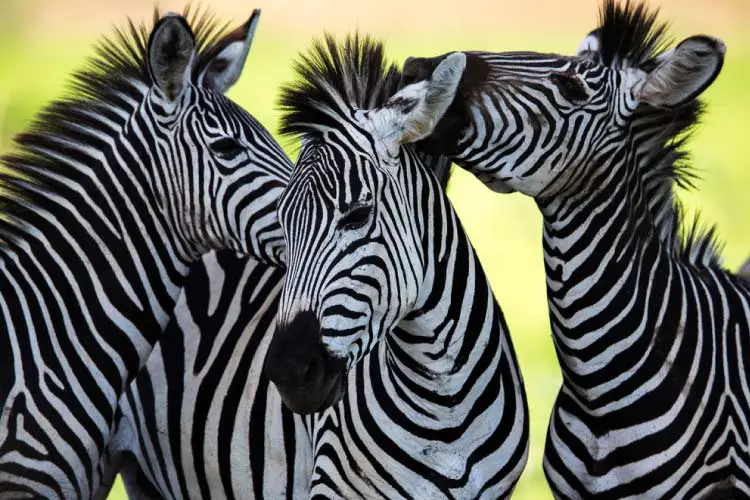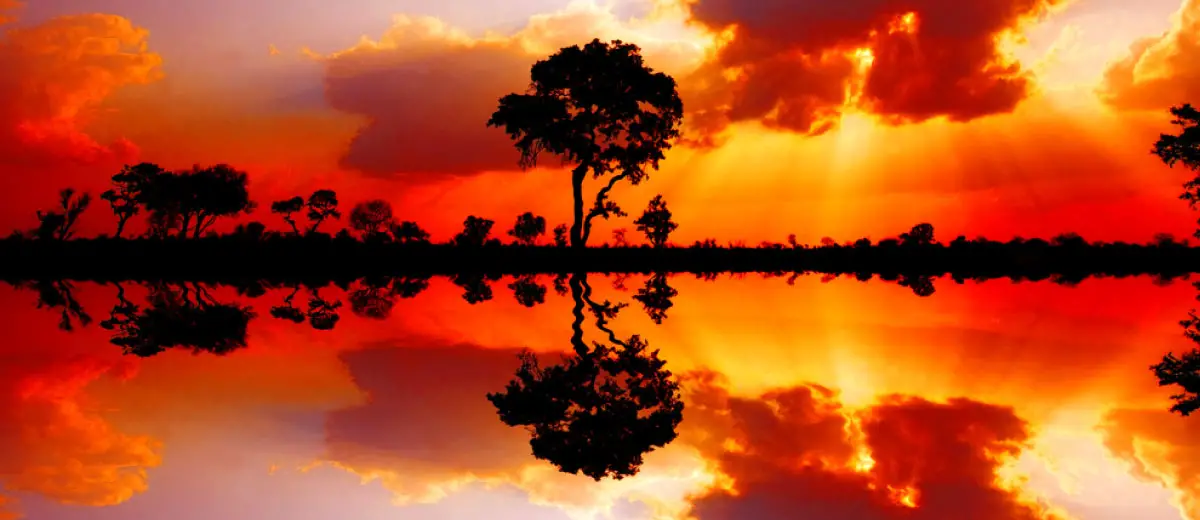Southern Africa
The stunning region of Southern Africa includes the countries Zambia, Zimbabwe, South Africa, Nambia, Botswana, Swaziland, and Lesotho. Of all the geographic regions in Africa, Southern Africa likely stands as the most tourist-friendly. Much like the neighbouring regions of Africa, the Sao and Pygmy peoples first occupied the region, later coming under the control of the rapidly expanding Bantu peoples. Though the Bantu expansion forced many of the native groups into the more remote regions of Southern Africa, to this day the influence of Southern Africa’s native peoples can be felt throughout the region.
During the Age of Exploration, European colonial powers took a particular interest in Southern Africa for both its variety of natural resources and strategic position in European-Indian trade routes. The British and Portuguese eventually took control of the region, which they held for several centuries.
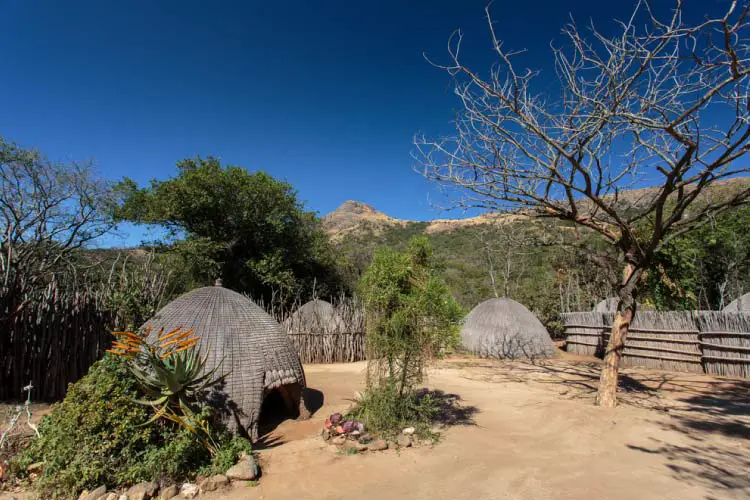
As one might expect, the foreign colonial rule drastically changed the culture of Southern Africa, and even after the region earned its independence in the mid-20th century, many traces of European language, cuisine, and customs remained. The mix of native customs, Bantu traditions, and European influence largely characterizes the culture of the region today; for example, the country of South Africa recognizes 11 official languages, including nine languages that mix native and Bantu tongues, Dutch, and English.
Though the region has experienced internal racial conflict over the last century (most famously the South African Apartheid), today Southern Africa enjoys a reputation as wealthier and more stable than most of the rest of Africa. This has led to the establishment of a sophisticated tourism industry offering both high-end resorts and thrilling adventure tourism. Moreover, the peoples of Southern Africa recognize the importance of tourists to their region, and the average citizen does her best to make travellers feel welcomed and comfortable.
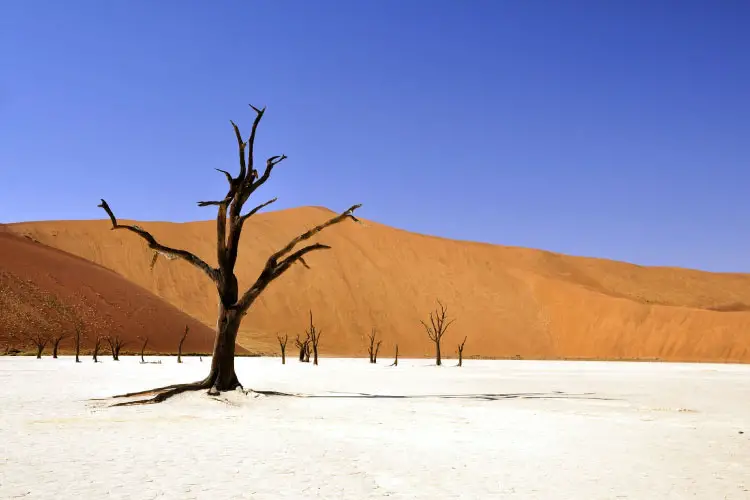
Southern Africa Highlights
Kruger National Park
The massive Kruger National Park in South Africa not only holds the honour of the first national park in the region but also as the most popular tourist destination in the Southern Africa region. The subtropical epitomises the classic African safari, and visitors can expect to find lions, crocodiles, elephants, hippos, numerous big cats, and even the endangered African wild dog. Numerous rest camps and lodges exist throughout the park, often located close to populations of the park’s most popular wildlife.
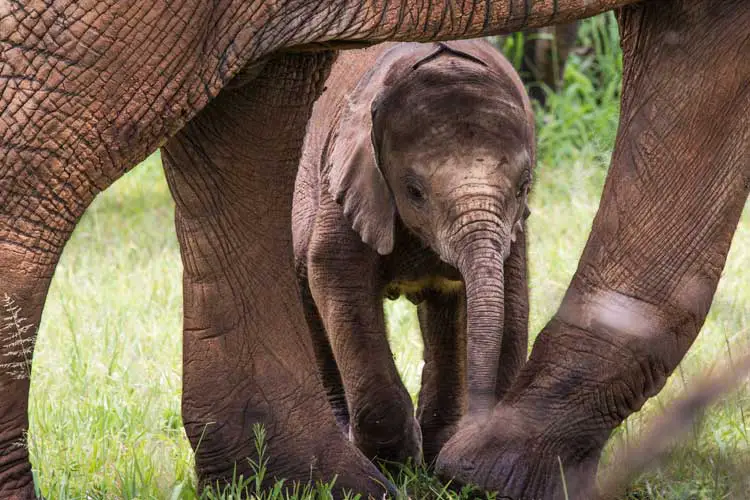
Harare, Zimbabwe
The country of South Africa also boasts the region’s two largest cities, Cape Town and Durban. Zimbabwe hosts the next largest city in the region, Harare, which is a very lovely tourist destination. Harare takes great pride in its history, and the city’s numerous museums showcase priceless works of African and international works.
In particular, one ought to visit the National Archive, which features numerous handwritten journals, letters, and memoirs from many of Africa’s most famous explorers and settlers. Furthermore, Harrare’s conscious decision to leave large sections of the city untouched allow beautiful places like the National Botanic Gardens and Mukuvisi Woodlands to exist. Numerous plant and animal species can be found in these spaces that otherwise would have been wiped out during the city’s rapid development, paying tribute to the area’s natural history.
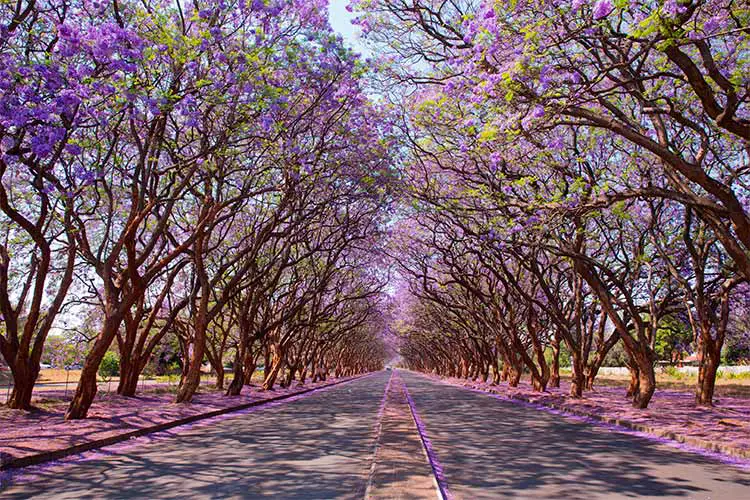
Southern African Food
Sweet corn acts as the staple grain for most of Southern Africa, though rice and sorghum supplement this grain. Commonly consumed meats include fish, game meats, chicken, and beef. Insects are considered a delicacy throughout Southern Africa, especially grasshoppers and caterpillars. One of the most exciting times to visit Southern Africa (and particularly Zambia) happens during the rainy season when locals indulge in an annual feast of fried termites.

Wildlife in Southern Africa
As previously mentioned, much of Africa’s most iconic wildlife makes it home in Southern Africa, including lions, elephants, zebra, and hippos. Numerous plants, including the famous acacia tree, dot the region, including several species that have important cultural and medicinal purposes. In the coastal regions, a large number of fish, crustaceans, and marine mammals can be found, including whales on a seasonal basis.
